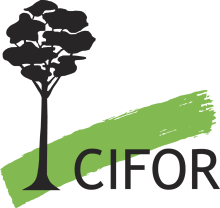Resource information
Projects implemented as part of the Clean Development Mechanism (CDM) of the Kyoto Protocol will have the dual mandate of reducing greenhouse gas emissions and contributing to sustainable development. It is not yet clear what, if any, forestry activities will be eligible for CDM. Nor is it known what rules will guide the implementation of CDM projects. These decisions have important implications for poor people who live in and around forests in developing countries. Suitably designed CDM forestry projects can significantly benefit local communities by supplementing and diversifying income, increasing access to forest goods and services, improving land productivity, developing the local knowledge base and local institutions and increasing the energy efficiency of using forest products. In some cases there will be trade-offs between the amount of greenhouse gas reductions sought and direct benefits to local livelihoods. Without adequate safeguards, some CDM activities could have negative effects on local people, such as denying them access to resources they depend on for their livelihood. Pro-active efforts will be needed in some cases to ensure that community-based CDM forestry projects and local land uses can compete effectively in carbon trading markets with projects managed by large-scale operators. As this policy brief describes, however, CDM guidelines can be designed to not only minimize the likelihood of negative effects on local communities but to directly improve their livelihoods while achieving net greenhouse gas emissions reductions. Proposed measures include: explicitly including forest management and agroforestry in the CDM;•implementing social impact assessments for all CDM projects; providing incentives for projects with multiple benefits; approving tonne-year carbon accounting; reducing transactions costs of community-based projects; and building capacity at local, national and international levels



